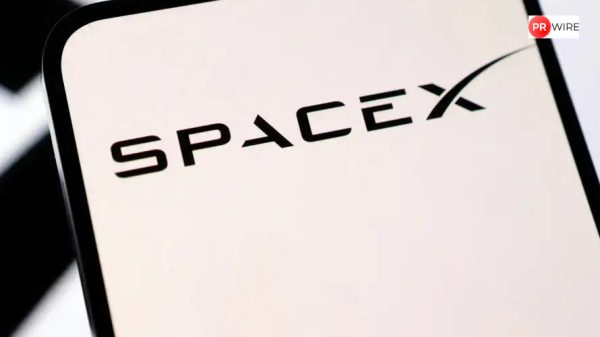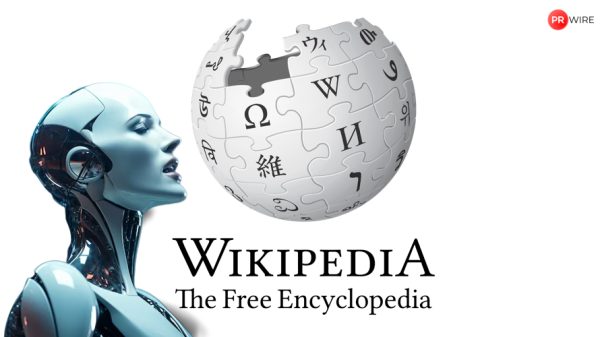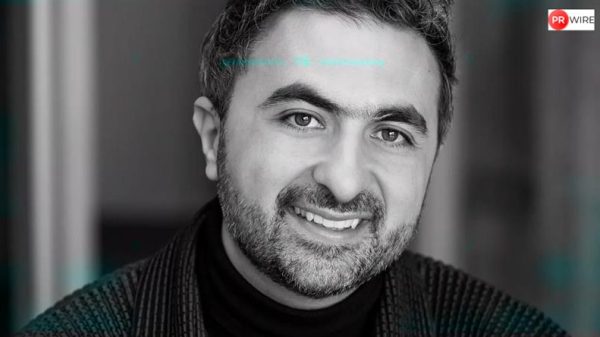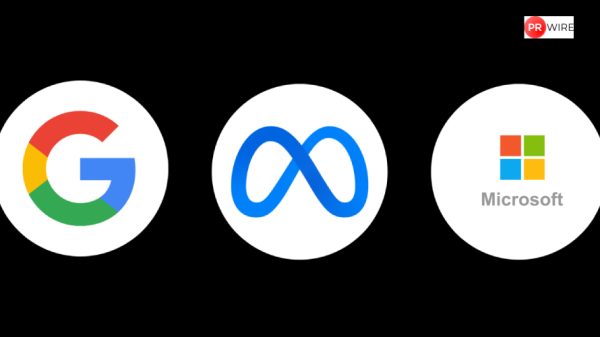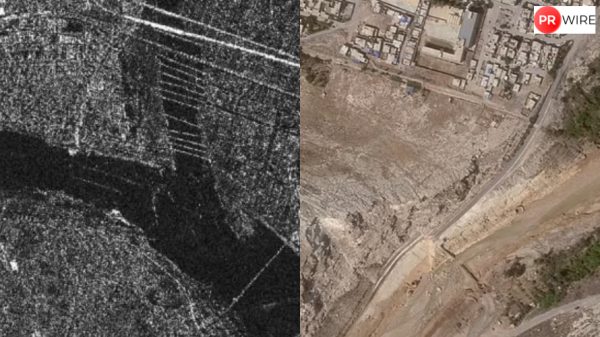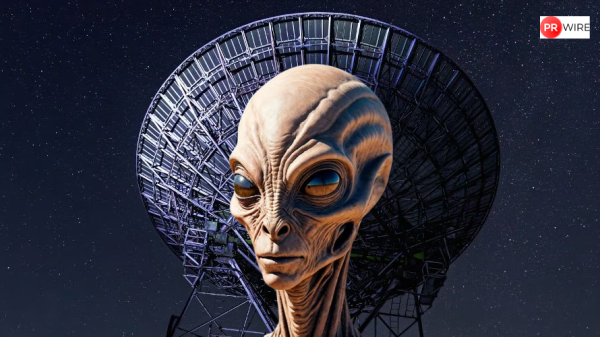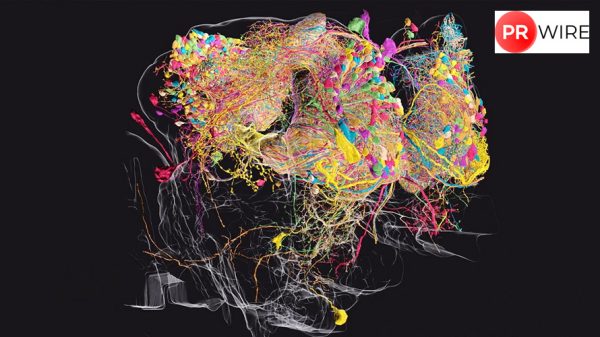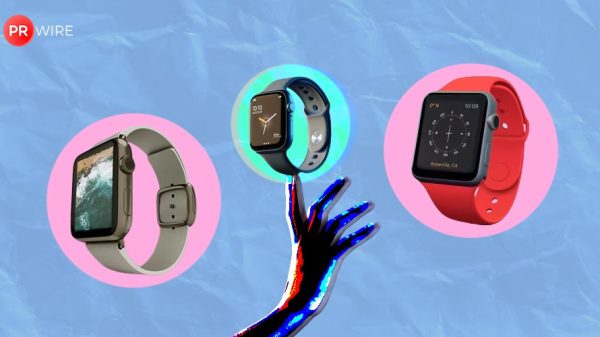Snippets of “sci-fi movies, sports, animation and nature” were used in the research to create the largest brain map ever.
How does the brain work?
Scientists are closer to the answer with the largest wiring diagram and functional map of a mammalian brain to date. 🧵 pic.twitter.com/7wXTY8jH3g
— Allen Institute (@AllenInstitute) April 9, 2025
Clay Reid, an Allen Institute scientist, said, “You can make a thousand hypotheses about how brain cells might do their job but you can’t test those hypotheses unless you know perhaps the most fundamental thing – how are those cells wired together.”
Where was the study published?
The researchers published the massive dataset in the journal Nature. The 3D reconstruction colour-coded research data is open to all, including other scientists who want to use it to advance their research.
How was the map created?
Over 150 researchers from Baylor College of Medicine, Allen Institute, and Princeton University were involved in creating the brain map. They started by showing various clips to a mouse, including snippets from sci-fi movies, sports, animation and nature. The researchers used a genetically engineered mouse whose “neurons glow when they’re active”.
As the next step, the researchers used a “laser-powered microscope to record how individual cells in the animal’s visual cortex lit up” while processing the images from the videos.
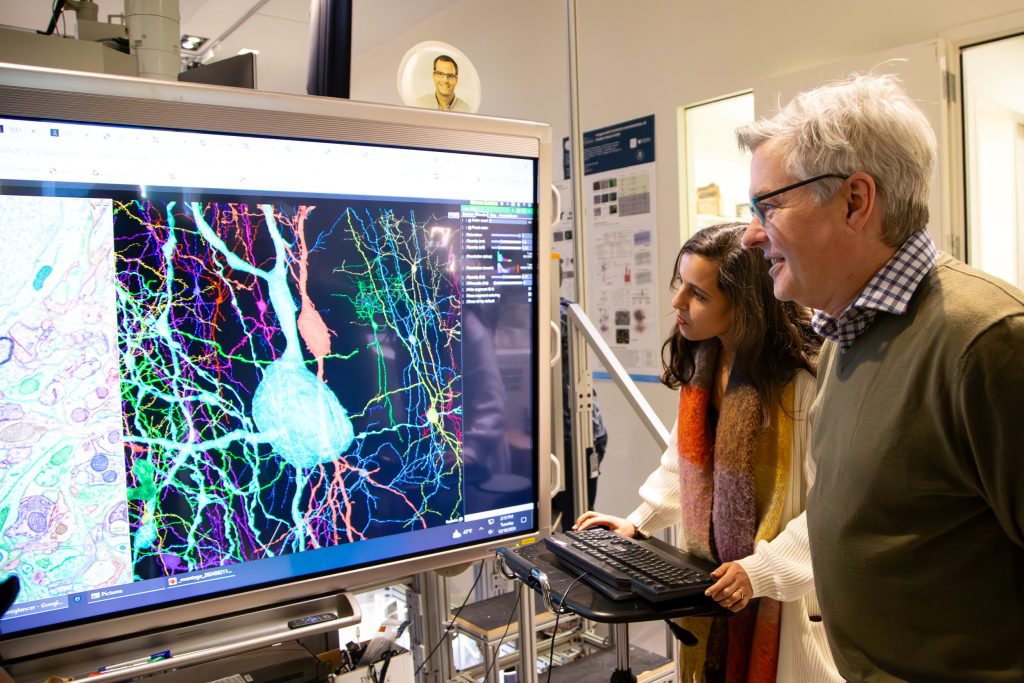
Following these, a small piece of the mouse’s brain tissue was analysed and pictured, and the data was constructed in 3D. Finally, the scientists painted the “individual wires a different color” using AI.
How did social media react?
The research has left social media users speechless. An individual wrote, “Incredible, also worrying.” Another posted, “Impressive work with real impact ahead.” A third added, “That’s mind-blowing. Mapping the brain like this could change everything we know about how we think.”
Is this research useful?
“The technologies developed by this project will give us our first chance to really identify some kind of abnormal pattern of connectivity that gives rise to a disorder,” Princeton neuroscientist and computer scientist Sebastian Seung, a part of the project, said in a statement.
Mariela Petkova and Gregor Schuhknecht, who were not involved in the project, said that it “marks a major leap forwards and offers an invaluable community resource for future discoveries.”
The article originally appeared on Hindustan Times

